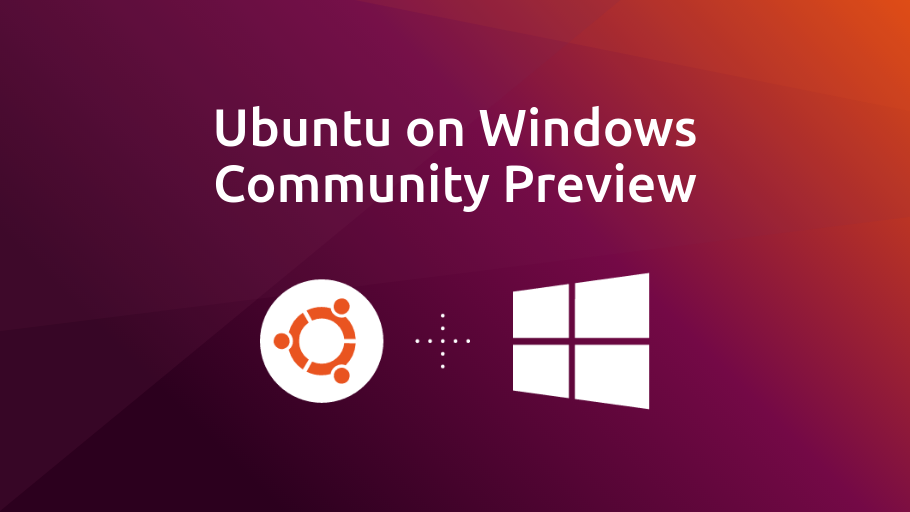
This utility is called WSL (Windows Subsystem for Linux). Luckily, Windows provides a convenient utility for using Linux along side Windows. There are times when you might need to have both operating systems – Windows and Linux – either for work, study, or even just experimentation.


Microsoft recommends using WSL 2 unless your Linux project files must be stored in the Windows file system, or you need access to a serial port or USB device, or you need to restrict the memory usage of your Linux distribution on Windows. WSL 2 runs your chosen Linux distribution in a lightweight managed VM, which doesn’t require any configuration or management on your part.įor more information on how to run Linux GUI apps using WSL, check out How to Install Linux GUI Apps in Windows 10 and Windows 11 with WSL on Petri. WSL 2 uses a full Linux kernel, which is kept up-to-date automatically by Microsoft, to provide full system call compatibility and fast disk performance. WSL 2 uses a new architecture to provide the benefits of WSL 1 but with better performance and compatibility. For example, you can open a Linux shell in Windows Terminal or use Visual Studio Code to build, debug, and run Linux code without installing Linux in a VM.

WSL provides developers with an integrated experience so they can develop and test Linux apps without ever leaving their Windows desktop. Windows Subsystem for Linux (WSL) is an optional feature in Windows 10 that allows developers and system administrators to run Linux shells and command-line applications without installing Linux in a virtual machine (VM).


 0 kommentar(er)
0 kommentar(er)
